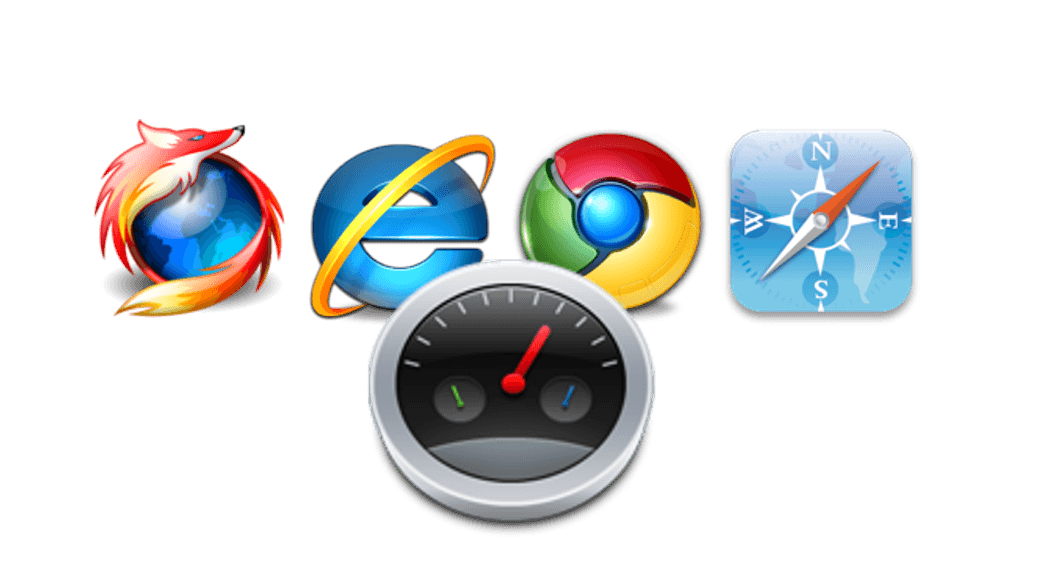XML files are one of the most common type of data files apart from text and CSV (comma-separated values) files. Reading data files which are not hierarchical (as XML files or JSON) is relatively easy. You can read in the data row by row and process columns separately. With XML (and JSON) the task is […]
Tag: VBA
Using PageSpeed Insights API with Excel VBA (VBA PageSpeed)
Google API are very useful and easy to use. Especially since queries are sent via GET and results are provided in JSON which is easy to scrape, from which data can be easily extracted. I always like to play with Google API as Google has such a vast range of different API addressing almost any […]
Measuring CPU usage in Excel VBA (and other performance metrics)
VBA easily allows you to get your hand on your PCs performance metrics which often can prove useful when wanting to do some performance statistics. Having been playing with the VBA Multithreading Tool I wanted a way to see how well all my processor cores are utilized – especially when wanting to optimize the amount […]
VBA Dictionary – Using the VBA Dictionary. Key Value pairs
Visual Basic for Applications (VBA) facilitates many useful data structures – its not just VBA Arrays you can use. COM libraries provide additional data structures such as the VBA Dictionary, ArrayList, Queue, Stack or SortedList. But before we jump into explaining how these more complex data structures work and how to use them, let’s start […]
Saving your VBA data (VBA data dump)
Sometimes VBA algorithms take a long time to execute and you would want to be able to maintain those calculations in memory when you close and reopen you Excel Workbook or Access Database. Why not save your VBA project data and recover it when reopening your VBA project? Actually you can do just that… Saving […]




